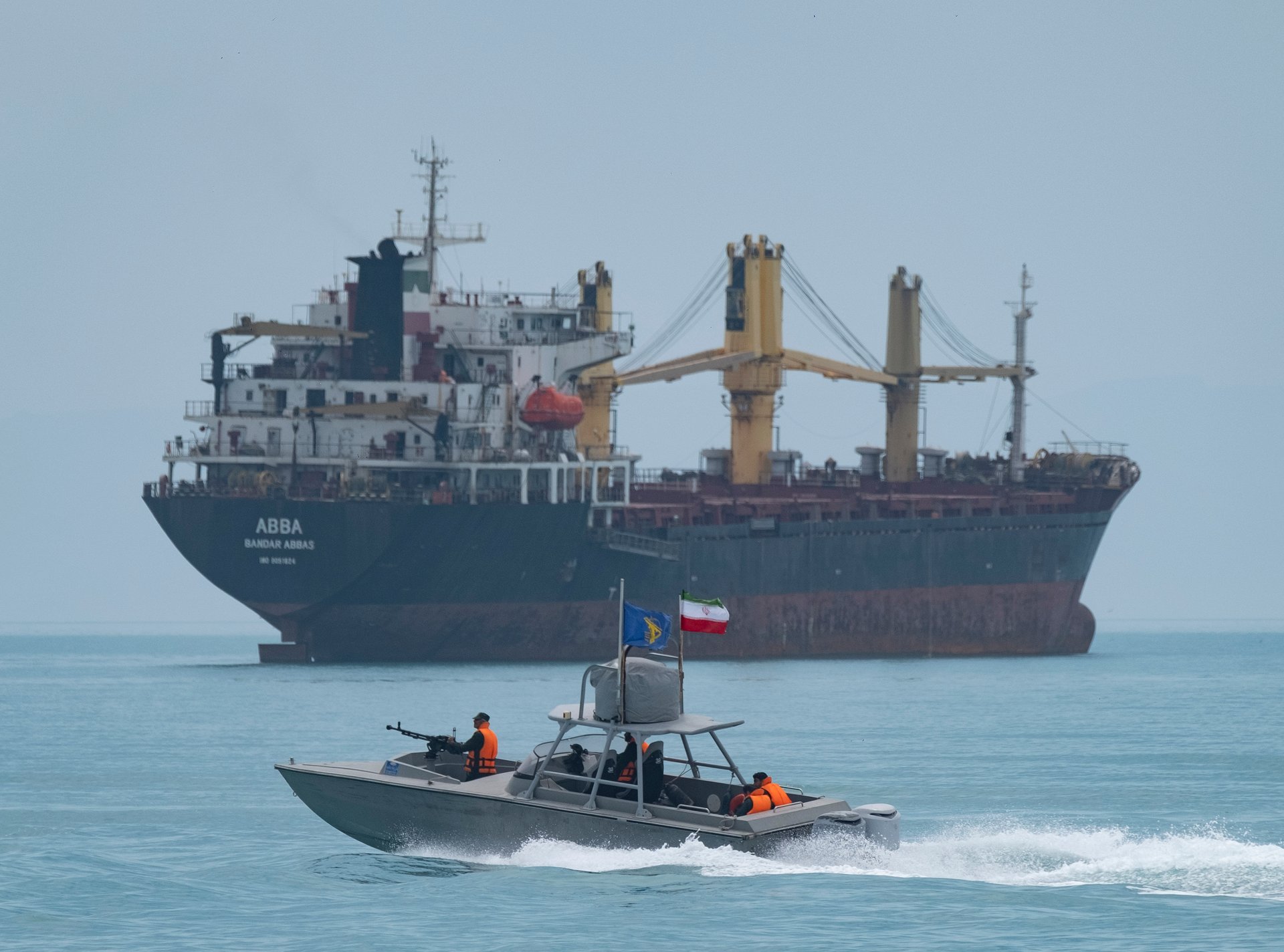What is the Strait of Hormuz? And why is it so important for global oil markets?
The U.S. attack on Iran has raised fears about a blockade in the Strait of Hormuz. Here's what to know

Photo: Morteza Nikoubazl (Getty)
Now that the U.S. has entered the Israel-Iran conflict, Iran has one non-nuclear option that could cripple the world economy: blocking the Strait of Hormuz. The move would devastate Iran itself economically, as well as its immediate neighbors.
Suggested Reading
One-fifth of global oil — and one-third of all seaborne oil — is shipped through the narrow maritime passage. If traffic there grinds to a halt, it would inflate prices not just for gas but for most transnational goods.
Related Content
Here's what you need to know.
What is the Strait of Hormuz?
The Strait of Hormuz connects the Persian Gulf to the Arabian Sea — and, by extension, the world — through the Indian Ocean. It’s responsible for one-third of global seaborne oil, from Iran, Iraq, Kuwait, Bahrain, Qatar, and the UAE, all of which have coastline on the Persian Gulf.
Saudi Arabia ships six million barrels of crude a day through the Hormuz; the bicoastal country also has access to the Red Sea, and has built a pipeline to divert crude if necessary.
The Hormuz strait is only 33 kilometres wide at its narrowest point, and has eight islands: Iran controls seven of them, on which it has a military presence. Hormuz is marginally larger than the Bab-el-Mandeb (“Gate of Grief”), connecting the Red Sea to the Indian Ocean, which is only 26 kilometres wide at its narrowest.
Why does it matter to global oil markets?
For the last year, oil prices have been in the range of $60 to $75 a barrel.
Analysts at both JPMorgan and ING predict a blockade would bump prices by $120 a barrel, effectively tripling the price.
This might not be in Iran’s strategic interest to do so — particularly due to the risk of angering its biggest customer, China, which buys anywhere between 75% to 90% of Iran’s oil.
What has Iran said about the Strait of Hormuz since the attack?
The Iranian parliament has endorsed a blockade, but a final decision rests with Iran’s supreme national security council.
Iran has threatened to block Hormuz in the past, most recently in 2018 after President Donald Trump ripped up the nuclear deal and reimposed sanctions. There was also a threat in 2011, in response to sanctions related to nuclear talks. At that point, the Obama administration told Iran it would consider a Hormuz blockade to be an act of war.
Iran does not likely have the naval capacity to block the strait outright, especially with the Persian Gulf presence of the U.S. Fifth Fleet. But Iran could make passage very difficult: It reportedly has 27 submarines, anti-ship cruise missiles, and an arsenal of 6,000 mines.
What are others saying?
An Iranian surrender is highly unlikely, as is the resumption of negotiations, and so all bets are off as to what happens next. One international analyst told the Wall Street Journal that Iran’s military options range from “poor to disastrous.”
Both Vice President J.D. Vance and Secretary of State Marco Rubio called the idea of closing the Strait of Hormuz “economic suicide” for Iran. Rubio called on China to intervene, and told Fox News that blocking the strait "would hurt other countries’ economies a lot worse than ours." He added, "It would be a massive escalation that would merit a response not just by us but from others.”
